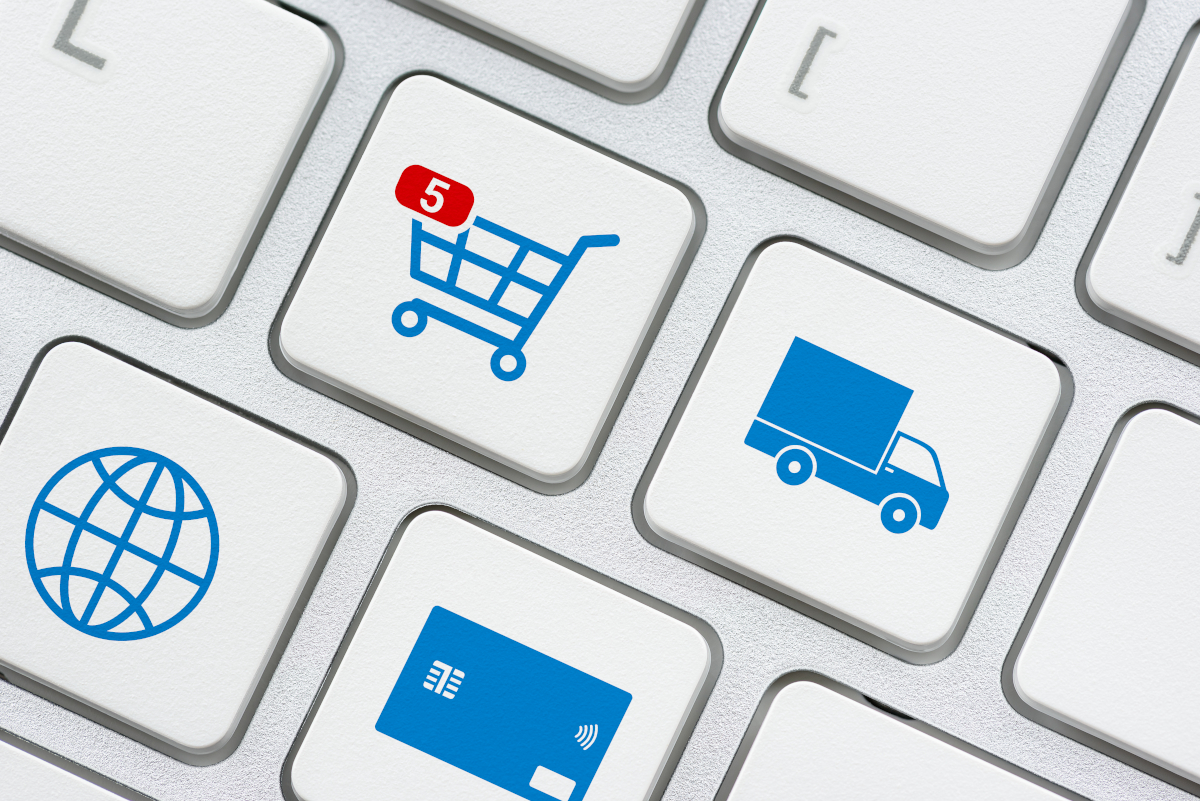Artificial intelligence is transforming retail analytics, especially when it incorporates returns data.
Analytical tools and machine learning have been part of retail for years, but the recent boom in artificial intelligence is significantly transforming retail analytics. Where it may have taken human analysts weeks to collect and interpret large amounts of data, AI is accomplishing these same tasks in a fraction of the time and often doing so with greater success.
In regard to a recent study, Retail Touchpoints explained, “AI already has been a game-changer for retailers, with 69% reporting an increase in annual revenue attributed to AI adoption and 72% of retailers that already use AI saying they experienced a decrease in operating costs.”
Considering the many hurdles facing the retail industry, ignoring a tool that helps enhance efficiency while increasing revenue isn’t an option. Read on to learn more about the impact of AI on retail analytics and discover how AI models that integrate returns data provide enhanced benefits for e-commerce businesses.
Optimize Inventory Management and Demand Forecasting with AI
There is no clear roadmap for inventory management. Yes, the goal is to keep the right balance of stock to perfectly meet demand without carrying overstock and avoiding stockouts. However, between changing customer preferences, supply chain fluctuations, or even warehouse staffing issues, the strategies for maintaining that perfect balance can require flexibility.
Fortunately, AI is perfectly suited to this. By analyzing customer behavioral insights and historical data, retailers can use AI to forecast product demand and inventory ordering more accurately. It can even help optimize warehouse space by identifying and predicting product performance, setting appropriate staffing levels, and more.
AI models that incorporate returns analytics provide even more comprehensive insights. While returns can initially increase inventory carrying costs and reduce profits, returns data provides insights that improve inventory forecasting since returned merchandise can often go back into inventory.
For example, an AI program that monitors return patterns in real-time allows retailers to make dynamic adjustments to inventory management. These quick pivots can ensure sufficient stock levels to meet customer demand while keeping carrying costs low and reducing stockouts. This is particularly important for popular or seasonal items that can be tricky to forecast.

AI Insights Transform the Customer Experience
Positive customer experiences naturally promote loyalty, brand advocacy, and higher customer lifetime value. In the past, collecting and interpreting the vast amount of data from various customer touch points was a monumental task. Today, AI is streamlining that process with dramatic results.
AI can easily ingest and analyze large amounts of customer data to identify trends and generate actionable insights regarding customer behaviors, preferences, demographics, predictions about future needs, etc. These can then be used to pinpoint specific areas where the customer experience should be improved.
It’s important to note, however, that an AI program that can analyze both quantitative and qualitative post-purchase data will provide a more holistic view of the customer experience.
By cross-referencing customer data with unstructured customer feedback from reviews, customer return forms, and testimonials, an AI-powered returns management platform can uncover specific issues and develop an action plan to resolve them. For instance, if an insight indicated a specific product feature was leading to returns, resolving that issue would create more positive customer experiences, fewer returns, and it would protect net revenue.
AI Enhances Personalization for Targeted Marketing Efforts
When brands personalize their marketing efforts, it makes it easier to cut through the noise and engage with customers. This might look like personalized product recommendations, post-sale customer services, marketing emails tailored to their needs, etc.
While businesses with access to sophisticated analytical tools are capable of uncovering the necessary insights for personalization, AI and machine learning can accomplish these same tasks at a scale and speed human analysts simply aren’t capable of. McKinsey & Company even stated that “companies that excel at personalization generate 40 percent more revenue from those activities than average players.”
For example, imagine a shopper regularly purchases dress styles with a specific product feature. Artificial intelligence can analyze customer data (browsing and purchase history, items added to a cart, demographics, etc.) and then recommend similar dresses they’re likely to purchase. This type of AI-assisted targeted marketing would not only improve the customer’s shopping experience but also boost retention and sales conversions.
Additionally, AI that integrates returns analytics can create product-level and transaction-level scoring that helps predict return rates. This information can then be used to better understand the predicted profitability of transactions. Why is this a big deal? When marketers understand which customers are likely to provide more value, they can adjust ad spend for specific customers.

InsightFinderAI: A Holistic Approach to Retail Analytics
Some of the biggest AI hurdles for businesses include a lack of AI skills, poor or insufficient data, and integration with their existing systems. At Returnalyze, we understand these difficulties and have designed our platform with solutions in mind.
Returns analytics contains a wealth of valuable information, and InsightFinderAI now makes it easier than ever to harness that data to uncover issues and opportunities. It easily integrates into your existing workflows, management tools, and other platforms for seamless insight generation. The best part? Our expert data analysts will be by your side every step of the way.
With every return, customers are sending signals. Harnessing and analyzing the massive volume of those signals—insights about size and fit, products, brands, suppliers, webpages, stores, and more—is a task perfectly suited for InsightFinderAI.
Ready for a more comprehensive approach to retail analytics? Schedule a demo or contact our team today.
